Less is More: Designing a Minimalist Space
The minimalist design style is characterized by practicality and functionality, simplifying spaces into basic geometric forms.
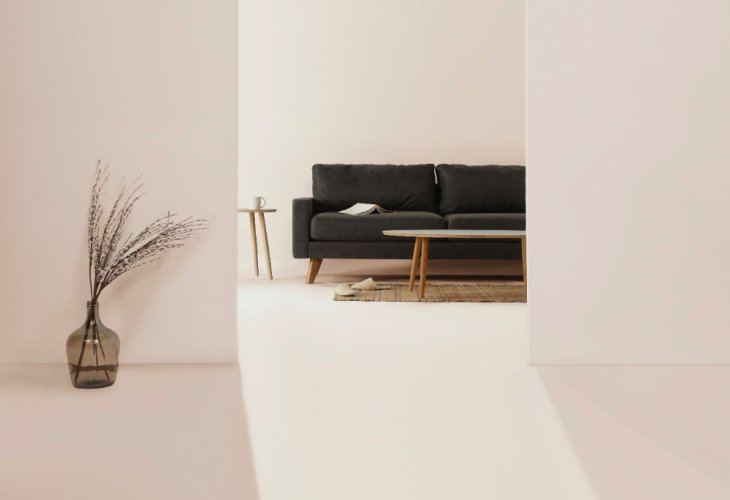
The minimalist style emerged in the 1960s, an era expressing the principles of postmodernism. The guiding principle of minimalist design is Mies van der Rohe's phrase, "Less is more" – less is more.
The minimalist design style is characterized by the practicality and functionality it brings to a space, simplifying areas into basic geometric shapes. Therefore, those who love minimalist style are recommended to use few pieces of furniture and decorative items for a subtle and elegant design.
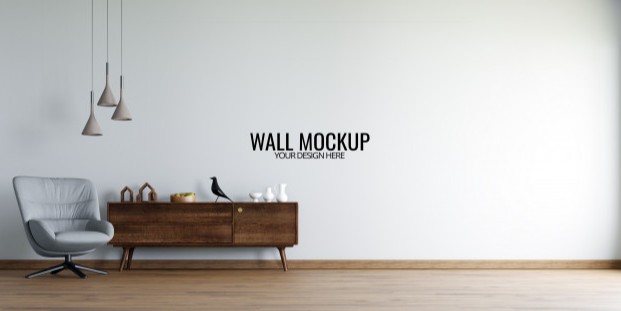
To create a minimalist environment, it's important to follow these three rules:
1. Less is more – choose to use minimal furniture and decorative items.
2. Choose furniture with orthogonal and straight lines - the furniture must be functional, practical, and delicate, and ideally multifunctional, like a sofa that converts into a bed or includes a pull-out table.
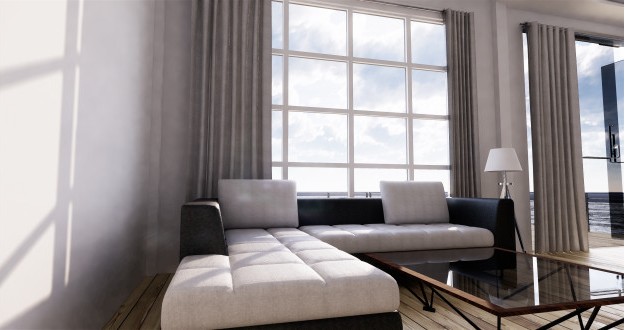
3. Emphasize empty spaces - select areas you want to leave vacant. For instance, place books on one side of the shelf and leave the other side empty. Similarly, in seating areas, leave one spot empty. The idea is to have furniture emphasize the empty parts. It is crucial to ensure it doesn’t look as if the design is unfinished, so pay close attention to the proportions of empty and designed parts.
4. Choose neutral colors, such as white, off white, black, gray, etc. White is truly the king of minimalist design, but to make it special rather than boring, highlight it with contrasting colors. Using colors is entirely acceptable (for example, shades of blue intertwined with gray). Personally, when designing a space in this style, I strive to stick to three colors only, such as white, black, and wood.
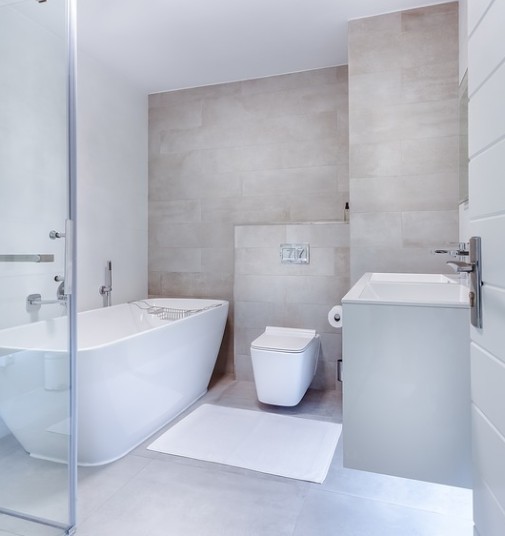
5. Lighting - In minimalist design, lighting acts as a dramatic and effective design tool, but make sure to choose lighting fixtures with a clean design.
6. Stick to the essentials - eliminate all unnecessary items, leaving only what's essential and store them in a closed cabinet. Every item must have a storage spot (e.g., in the kitchen, the microwave should be inside a closed cabinet, not on the counter).

If you love textures and find it hard to give them up but still want a minimalist design, choose one texture and repeat it in several places.
Minimalism is founded on the assembly of very few furnishings, with no excess furniture! This also reflects a tidy and organized lifestyle, with few possessions.
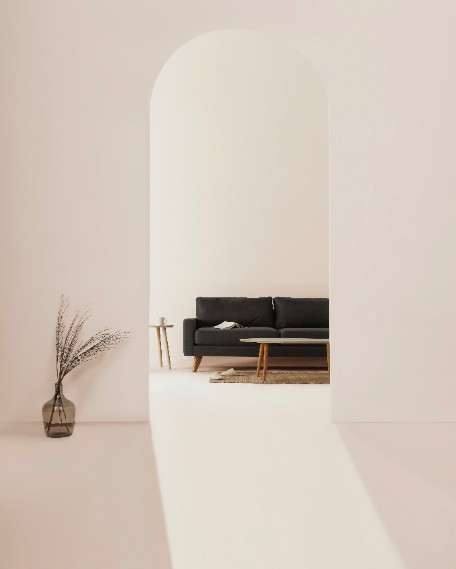
It's important to stress that minimalist design is not simplistic. It requires a lot of thought and careful planning to achieve an impressive result. Otherwise, the space may feel empty, as though something is missing (unfinished). It's crucial to blend neutral colors well enough that they don’t appear "dull," and to balance emptiness with fullness.
Tami Rothenberg is an architect and interior designer. For questions and feedback: TammyRotenberg@Gmail.com

